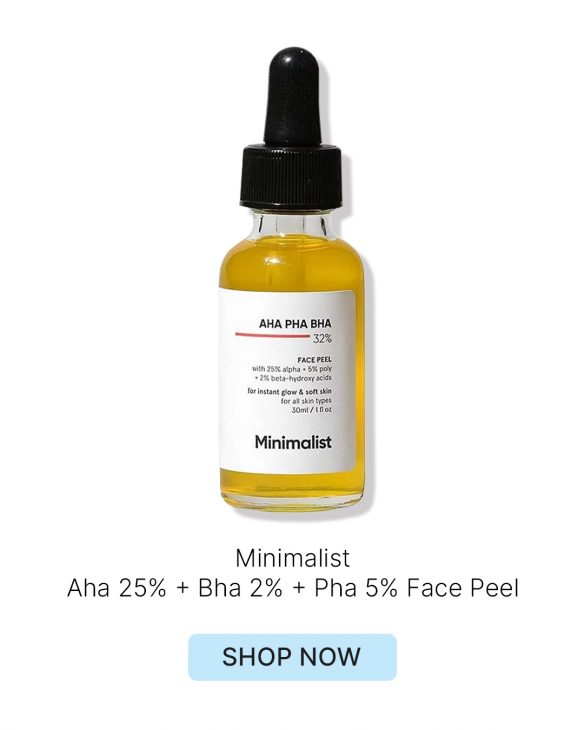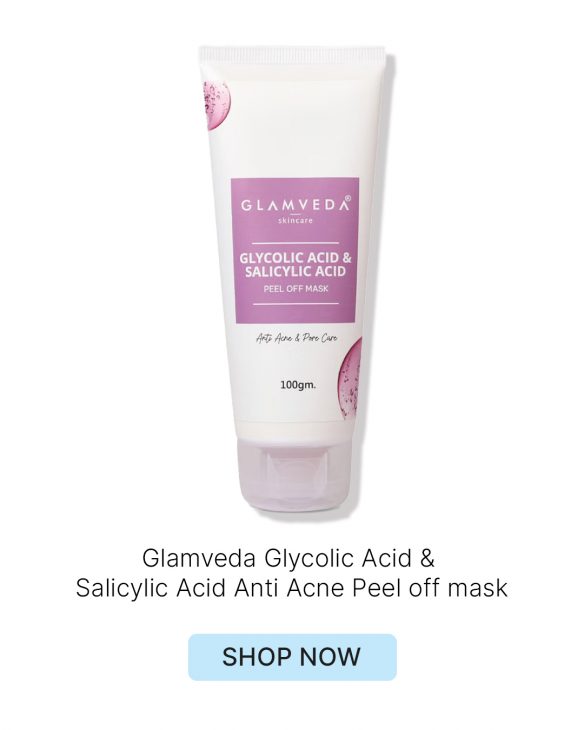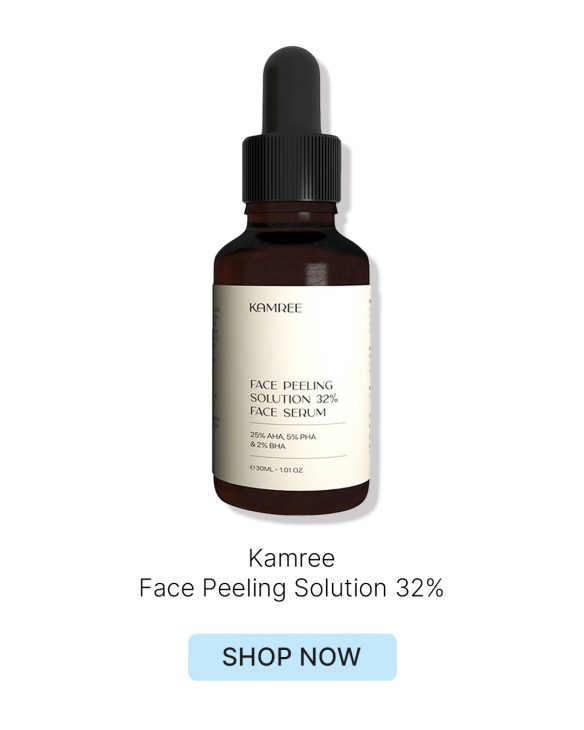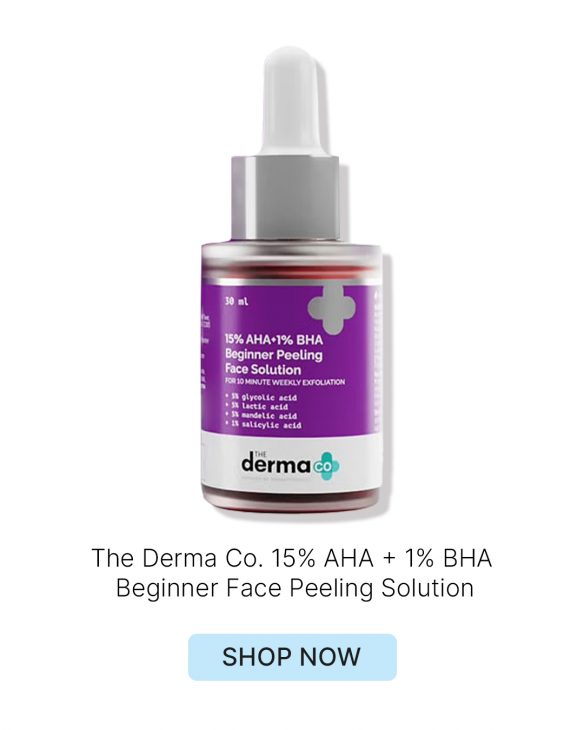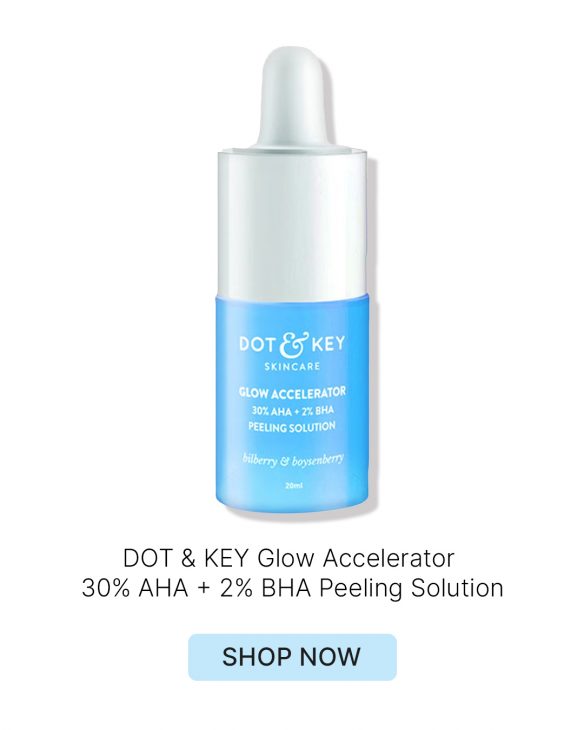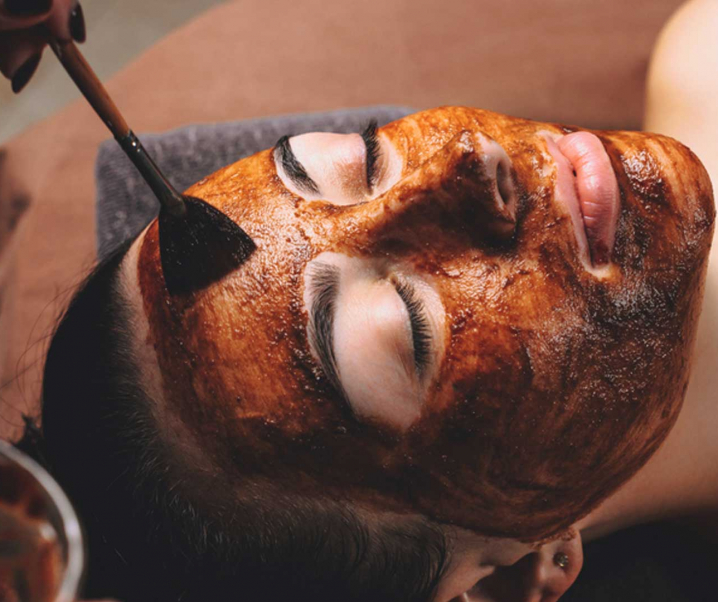Facial peels are often hailed as the holy grail of skin treatments, promising to deliver smoother, brighter, and clearer skin with minimal effort. But what exactly are they, and how do they work their magic? If you’ve ever been curious about facial peels or are wondering which type is right for you, then this guide is for you. Let’s dive in and explore everything from how facial peels work to the types of peels available and the benefits they offer for different skin types.
What Are Facial Peels and How Do They Work?
In simple terms, a facial peel is a treatment that uses acids to exfoliate and rejuvenate the skin. These peels work by removing the top layer of dead skin cells, encouraging the growth of new skin underneath. The result? A brighter, smoother complexion that can help tackle issues like fine lines, acne, hyperpigmentation, and uneven texture.
Facial peels come in varying strengths, from mild at-home treatments to professional-grade peels performed by dermatologists. The type of acid used in the peel determines its effect on the skin. The key to understanding how facial peels work is knowing that they speed up your skin’s natural exfoliation process, revealing fresh skin that looks healthier and more radiant.
Benefits of Facial Peels for Different Skin Types

One of the biggest facial peel benefits is that they cater to almost every skin type. Whether you have dry, oily, combination, or sensitive skin, there’s likely a peel that can work wonders for you. Let’s take a look at some of the top benefits of facial peels:
- Brightening: Peels can significantly brighten the skin by removing dull, dead skin cells and revealing the new, radiant skin underneath.
- Anti-Ageing: Peels help minimise fine lines and wrinkles by promoting collagen production, which plumps the skin and gives it a youthful appearance.
- Acne and Oil Control: For those with oily or acne-prone skin, peels can help reduce breakouts by unclogging pores and controlling excess oil.
- Even Skin Tone: If you suffer from hyperpigmentation or dark spots, peels can help lighten these areas, evening out your complexion over time.
- Smooth Texture: Peels can improve skin texture by getting rid of rough patches and making the skin feel soft and smooth.
Types of Facial Peels: Glycolic, Lactic, and Salicylic Acid, AHA & BHA
Now that we’ve covered the basics, let’s dive into the types of facial peels available. Different peels work for different skin concerns, so choosing the right one can make all the difference.
1. Glycolic Acid Peel
The glycolic acid peel is one of the most popular types of facial peels. Glycolic acid, derived from sugar cane, is a type of alpha hydroxy acid (AHA). It’s known for its small molecule size, which allows it to penetrate deeply into the skin, making it highly effective for exfoliation. Glycolic acid peels are great for reducing fine lines, improving skin texture, and giving the skin a radiant glow. They work best for people with normal to dry skin.
2. Lactic Acid Peel
Another AHA, the lactic acid peel is a gentler option compared to glycolic acid. Lactic acid is derived from milk, and while it exfoliates the skin, it also hydrates it, making it perfect for those with sensitive or dry skin. This peel helps with uneven skin tone, hyperpigmentation, and gently smooths out rough patches, leaving the skin feeling soft and nourished.
3. Salicylic Acid Peel
The salicylic acid peel is a type of beta hydroxy acid (BHA) and is particularly effective for oily and acne-prone skin. Salicylic acid is oil-soluble, meaning it can penetrate deeply into the pores, dissolving excess oil and clearing out any blockages that may lead to acne. This peel is fantastic for reducing breakouts, controlling excess sebum, and improving the appearance of enlarged pores.
4. AHA Peels (Alpha Hydroxy Acid)
In addition to glycolic and lactic acids, there are other AHAs like mandelic acid, which is great for sensitive skin. AHAs are water-soluble acids that help with surface exfoliation, making them ideal for brightening, smoothing fine lines, and improving overall skin texture. If you’re looking for a peel that gives your skin a radiant glow, AHA peels are an excellent choice.
5. BHA Peels (Beta Hydroxy Acid)
As we’ve touched on with salicylic acid, BHA peels are oil-soluble, making them perfect for deeper exfoliation, especially for those with oily or acne-prone skin. BHAs are particularly effective at unclogging pores and helping to reduce inflammation, which makes them a go-to for anyone struggling with blackheads, whiteheads, or acne.
Choosing the Right Facial Peel for Your Skin
With so many types of facial peels available, how do you choose the right one for your skin type and concerns? Here’s a quick guide:
- For Dry or Sensitive Skin: Opt for a lactic acid peel, which is gentle and hydrating.
- For Oily or Acne-Prone Skin: Salicylic acid is your best friend. It tackles excess oil and keeps breakouts at bay.
- For Combination Skin: You might benefit from alternating between glycolic acid for its exfoliating properties and salicylic acid to control oil in your T-zone.
- For Dull Skin: If your main goal is to brighten your complexion, an AHA peel (like glycolic or mandelic acid) will work wonders.
Product Recommendation:
Final Thoughts
Facial peels are a fantastic addition to any skincare routine, offering impressive results with minimal effort. Whether you’re looking to brighten, smooth, or clear your skin, there’s a facial peel out there to suit your needs. Just remember to always consult with a skincare professional, especially if you’re considering a stronger, professional-grade peel. With the right peel, you’ll be well on your way to achieving that glowing, flawless complexion!


